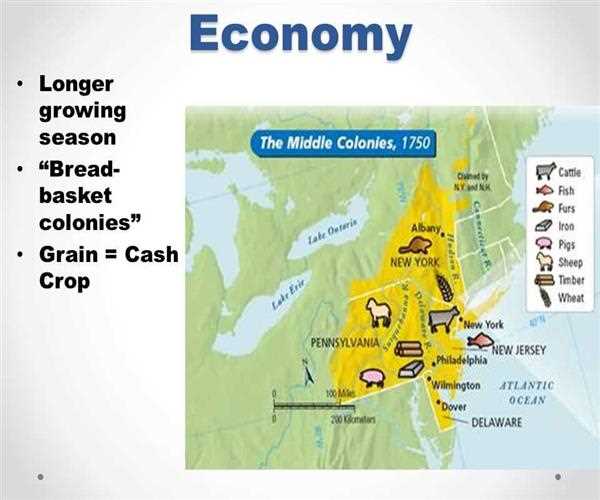New York, New Jersey, Pennsylvania, and Delaware, the Middle Colonies, got their name, the Breadbasket Colonies, due to their remarkable agricultural output. The soils were fertile and the climate was moderate in these colonies and this enabled the production of grains in large quantities. This part of the country had farmers who produced wheat, barley, oats and rye, which they used to export to the rest of the colonies and Europe as well.
The economy of the Middle Colonies was based on agriculture, though the grain production was in the middle of focus. The colonies also employed the use of advanced farming methods during that period such as crop rotation to be able to optimize on the yield. Such intense agriculture enabled a rising population and made the area an important food producer. Grain mills were produced to make grain flour that was exported to other markets.
The rivers of the Middle Colonies were extremely important in their success. The easy movement of farmers to urban centers and ports was facilitated by the Hudson and Delaware Rivers which offered farmers an easy passageway to conduct their goods. This ease of accessibility made trade effective and farmers were able to sell the excess products and help in the general growth of the colonies. The natural advantage of farming and distribution was formed due to the geography of the region.
Population diversity also helped the colonies achieve agricultural success. Most of the immigrants who came to Europe carried with them various farming habits which enhanced productivity. The Dutch, German and English settlers lived in communities where they exchanged knowledge and tools and this contributed to improved farming practices and high production. Such fusion of cultures rendered the region creative and resourceful.
The Middle Colonies had economic advantages because their grain exports made them instrumental to the colonial economy. Their excess also made them food secure and enabled other colonies that had low food production. The term Breadbasket Colonies was a nickname, which represented how important the colonies were in supporting the population and economic growth in the colonial era.
Conclusion
The Middle Colonies were also known as the Breadbasket Colonies due to the fact that they supplied the vital grains that nourished the colonies and made trade possible. They were the major producers of food, because of fertile soil, good climatic conditions, the river transportation and diverse population working cooperatively. Their power of agriculture defined who they were and they formed an inevitable component of the economy and survival of colonial America.
